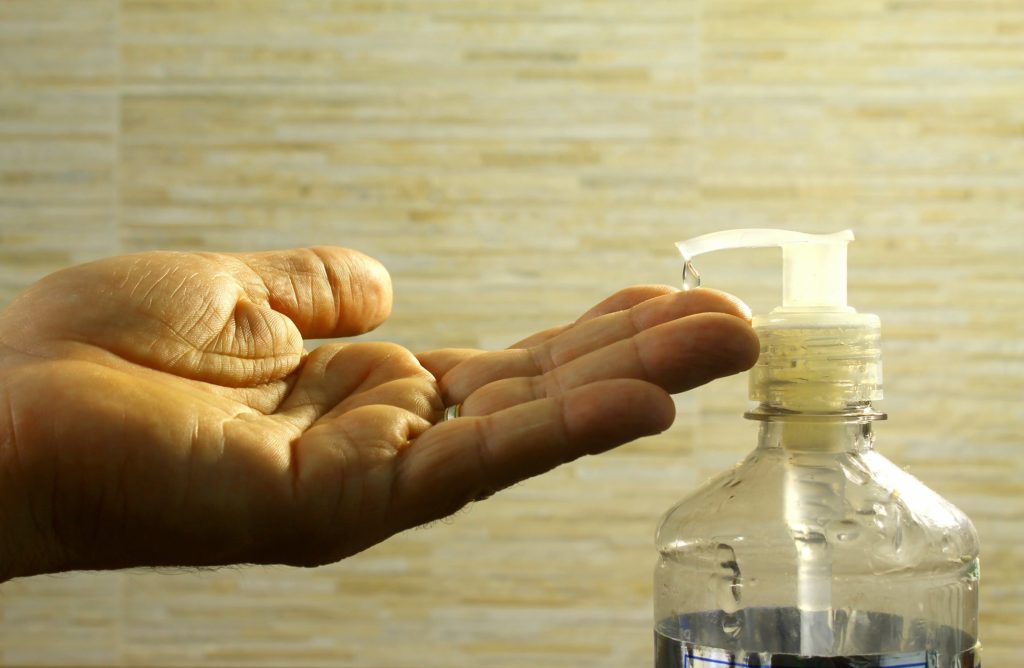There continues to be new developments in technology that affects the medical field with benefits that can cure, heal, and allow patients to be pain-free. With a smartphone or a wristwatch app, we can monitor our healthy vital signs. Our ancestral DNA can help heal us today. Here are 5 innovative ideas that are impacting the medical field and which is further leading to more unknown discoveries:
-
Hibiclens Soap
Prior to a surgical procedure, physicians would wash their hands with antimicrobial soap and water consisting of chlorhexidine or iodine. Following these ingredients, came an alcohol-based hand scrub that was less irritating to the hands and required less time to be effective, somewhere between 3-5 minutes.
Today, Hibiclens antiseptic, antimicrobial soap is used by surgeons to clean their hands. It is also used on patients to clean the surface of their skin where surgeons will operate. With Hibiclens soap, germs are killed on contact for up to 24 hours and washing with it only requires a minute of time. This antimicrobial skin cleansing solution kills viruses, fungi, and bacteria that could cause illnesses or disease. Yet, the Hibiclens soap solution remains gentle enough to use daily without chaffing the skin.
-
Telehealth
Telehealth is a technology that is presently used between a medical professional and a patient. Patients are able to speak with and receive medical care at any time through an online digital program. Telehealth can help eliminate the number of appointments that patients miss. With telehealth visits, there are no excuses that will keep patients from necessary appointments. Telehealth technology opens the doors for patient information to be shared among physicians instantly. Telehealth continues to grow exponentially to the point where most hospitals are using this instant video and audio technology to connect with their patients and their peers.
-
Internal Nonsteroidal Anti-Inflammatory Drugs
People who suffer from migraines and other forms of debilitating headaches no longer need to hear that they need to take an aspirin. When these headaches would strike, each patient was treated differently, but the common cure consisted of strong medications, oxygen therapy, or injectables. Today, there is a tiny implant that is designed to treat severe headache attacks. Therefore, when a patient senses one of their headaches coming on they are given a handheld device that is placed against their temple closest to the implant. The implant receives a signal from the device that simulates the nerves affected by the headache and blocks the neurotransmitters. As a result, patients have received more than 50% fewer attacks.
-
3-D Printing
3-D printers have become a popular technology among the medical industry because of its amazing ability to create implants, joints, and artificial organs. 3-D printers can also print certain medications. Prosthetics can be printed to exactly match a patient’s measurements so that it fits within the human body with no discomforts. 3-D printing in the medical field is called “bio-printing,” and its use is growing worldwide. Amazingly, the body’s immune system, which is very sensitive to changes, has successfully accepted 3-D printed organs without any complications. 3-D printing is revolutionizing medicine with additional contributions like the manufacturing of medical and surgical tools.
-
Freedom From Diabetes Needles
Glucose testing for diabetes required patient’s to prick their finger, draw blood, and then test it. If this occurred only once, no problem, but diabetics must repeat this procedure every day. Today, a disposable mobile-wearing device has been invented where the patient’s wear a transdermal biosensor patch that reads the blood sugar levels through the skin without drawing blood. This mobile device can be placed nearly anywhere and injects insulin as needed. These glucose monitoring systems are both non-invasive, user-friendly and are affordable. More blood glucose patch systems are being tested to prolong (24 hours) monitoring.
Keeping patients involved in their own care is considered a key in “personalized” medicine. Modern technology is allowing individuals to monitor their own blood pressure, patients are being educated on how to communicate and become engaged with health professionals via mobile devices, and allowing people to make their own appointments that work best for their schedules.

Leave a Reply
You must be logged in to post a comment.